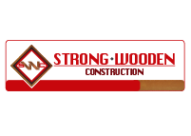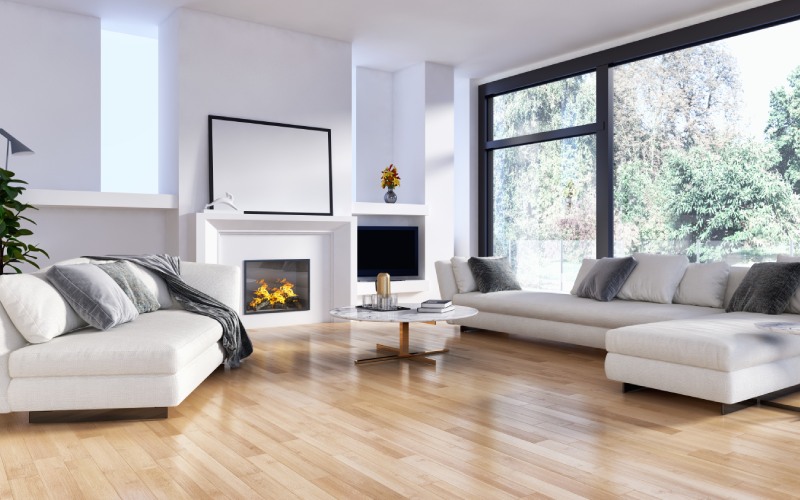Wooden floors are an essential part of any structure. Whether it is your dream home or office, these are not trivial matters that should be ignored. They may be there so you can step on them, but they play a vital role in the aesthetics and functionality of a room.
As architecture advances, so do ideas about better and more suitable materials. Wooden floors have evolved over the years to adapt to various needs. Design aside, today’s building materials are consistent in elevating what is possible. These materials continue to improve in heat resistance, durability and price to meet demands.
One such modern building material is wood flooring. This wood flooring, known for its composite characteristics, may be precisely what you are looking for.
How To Lay Engineered Wood Floors?
Installation of engineered wood flooring is relatively easier than that of solid wood. They often come with click locking mechanisms, making them feasible for DIY enthusiasts. Although professional installation can ensure longevity and a flawless finish, having a basic knowledge can also allow homeowners to lay the floor themselves, as long as they have the right tools and follow guidelines closely.
What Is Engineered Wood Flooring?
Aesthetic Wood Floors
As the name implies, engineered wood floors are real wood. They were engineered (or modified) to better fit the user’s needs. They arise from efforts to improve their predecessors and possess unique qualities.
Comparisons between engineered wood flooring and solid wood flooring are common. Both offer the warmth and beauty characteristic of hardwood floors, but differ in construction and features.
Engineered wood floors are not cut from just one type of wood slab. These floors have hardwood as the top layer and plywood underneath. The combination of these layers provides stability, especially in humid climates like Singapore, where traditional solid wood could warp.
How To Remove Scratches From Wooden Floor?
Scratches can be a nightmare for homeowners with hardwood floors. For engineered wood floors, it is vital to identify the depth of the scratch. Light scratches on the surface can be addressed with a floor cleaner and a microfiber cloth. Deeper scratches may require a wood filler or stain marker that matches the color of the floor. After the repair, it is recommended to apply the best varnish for wooden floors to seal and protect the area.
Hardwood floors, due to their construction, can offer a more affordable and long-lasting solution for many homeowners. It is important to note, however, that like all wood floors, they require care to maintain their beauty.

